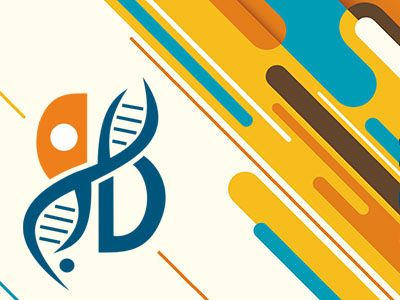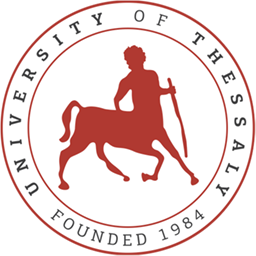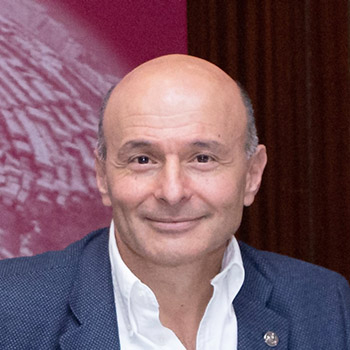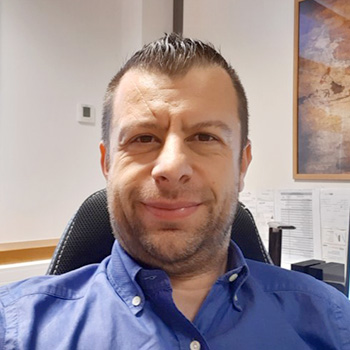Special Topics in Molecular Biology

Theory: 2 hours/week | Practicals: 2 hours/week | ECTS Units: 4
Content – Aim of the course
“Special Topics in Molecular Biology” is tailored for students of the sixth semester who have completed Molecular Biology of the third semester as well as basic Biochemistries of the first and second years (“Structure and Analysis of Biomolecules” and “Biosynthesis of macromolecules – regulation of gene expression”), plus “Genetics” of the third semester. The course delves into areas such as recombination, transposition, epigenetics and RNA-based regulation. “Special Topics in Molecular Biology” will present more specialized but extremely important issues of modern molecular biology, as well as their new practical applications.
Analytical Description of the Course
- Gene clusters and repeats
- Unequal crossing-over rearranges gene clusters
- Crossover fixation maintains identical repeats
- Arthropod and mammalian satellites
- Point centromeres in C. cerevisiae
- Lampbrush and polytene chromosomes
- Structure, origin and function
- Uses in the study of chromosomal structure, organization and gene expression
- Homologous and site-specific recombination
- HR in meiosis
- DS breaks initiate recombination
- Synaptonemal complex
- RecBCD system
- Eukaryotic genes in HR
- Site-specific recombination in phage lambda
- Gene conversion in yeast
- Transposable elements and retroelements
- ISs
- Replicative and non-replicative mechanisms
- Transposition control
- Hybrid dysgenesis
- Retroviruses life cycles
- Retroviral genes and regulation of retrotransposition
- Uses of transposons and retrotransposons
- Epigenetics
- Heterochromatin structure and function
- CpG islands and methylation
- Inheritance of epigenetic events
- X chromosome inactivation
- Chromosome condensation and condensins
- DNA methylation and imprinting
- Oppositely imprinted genes canbe controlled by a single center
- Yeast prions
- Prion diseases in mammals
- Non-coding regulatory RNAs
- Regulation of gene expression by non-coding RNAs
- RNAi technology
- CRISPR technology
- Applications of non-coding regulatory RNAs
- Applications of RNAi technology/li>
- Applications of CRISPR technology
Laboratory Exercises
During the semester, students will participate in three exercises/projects:
- Development of experimental design for gene silencing through RNAi technology (knock-down)
- Development of experimental design for gene targeting through CRISPR (knock-out)
- Development of experimental design for upregulation of gene expression through CRISPR technology (CRISPR activation).
Student Evaluation
Student evaluation is based on a combination of oral examination and a homework exercise.
Reading Suggestions
- Lewin’sGenes ΧII, Krebs. Goldstein, Kilpatrick. Jones & Bartlett Learning, English Edition 2018.
- Βασικές Αρχές Μοριακής Βιολογίας, BurtonE. Tropp, Ακαδημαϊκές Εκδόσεις Ι. Μπάσδρα και ΣΙΑ Ο.Ε., 2014
- Μοριακή Βιολογία του Γονιδίου, James Watson, Tania Baker, Stephen Bell, Alexander Gann, Michael Levine, Richard Losick, UTOPIA ΕΚΔΟΣΕΙΣ ΕΠΕ, 2011.







